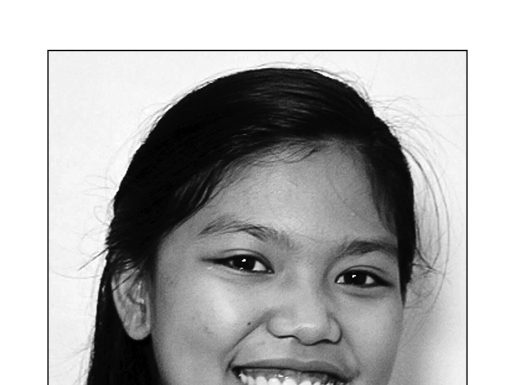ART BEYOND aesthetics, indeed.
A group of Thomasians used their prowess in visual arts in raising public awareness on societal and political issues hounding the country.
Known for their radical and cause-driven artworks, the Ugnayan at Galihan ng mga Artistang Tanod ng Lahi (UgatLahi), a Thomasian-rooted cultural movement of artists, has been making its presence felt since 1992.
For Advertising alumnus Raul “Iggy” Rodriguez, a member of UgatLahi since 1993, culture is tantamount to expression.
“[Culture] reflects the ideas of people so it is important that they, especially the youth, see the realities of the society,” said Rodriguez.
Advertising alumnus Max Santiago linked art to promoting social awareness.
“Artists can use their talents in exposing social truths,” he said. “Through visual arts, we are able to communicate our message clearly through various forms.”
Tracing its roots
The organization started with members from different colleges in UST with background in various art disciplines like theatre, music, and visual arts. Later on, it focused on the visual arts in an effort to better connect with the people.
UgatLahi, for instance, opposed former president Fidel Ramos’ neo-liberalization policies for they were not apt in the Philippines.
“The policies that they make are not really for the good of the masses but only for the elite,” Rodriguez said.
Following a hiatus from 1996 to 1997 with the graduation of pioneering members, the group resurfaced with a greater sense of mission. It evolved into a national cultural movement and opened its doors to non-Thomasians.
At present, members are very active in politically-charged art exhibits, workshops, and festivities.
‘Art as a weapon’
UgatLahi’s secretary-general Eshei Mesina describes its art as “social realism,” an artistic movement that depicts cultural realities.
“The term (social realism) is applied to give definition to the art that reflects our faulty society,” said Mesina.
According to him, UgatLahi’s art stands out because it is grounded on the present face of society. The artworks are a result of educational discussions, immersions, and social investigation of the country’s condition.
“Unlike other bourgeoisie artists who craft art merely for decoration purposes, we try to connect with the masses,” said Mesina
Echoing Mesina’s stance, Santiago said that art is not just for aesthetics, but may also serve as a weapon.
Among the art forms that UgatLahi makes are effigies of presidents or other political personalities that pursues anti-people policies.
“We found that these effigies are effective in sending our message across [to the people],” said Rodriguez.
They started making effigies in 1999 to depict what they called the “dark side” of former president Joseph Estrada at the height of the jueteng scandal and the overall demand for his ouster.
“The people’s sentiments are channeled into these effigies, and we burn them after [parading them],” said Rodriguez.
Mesina believes that the burning of the effigies possesses a symbolic meaning, because the represented figures signifies the erroneous and the unjust in the society.
“The burning of anything represents obliteration,” said Mesina. “This is the rationale of the effigies.”
However, UgatLahi does not take sole credit for the effigies they make as they are collective works coming from various contributors.
Rodriguez said that the personal artistic preferences of UgatLahi artists sometimes cause conflict. However, he perceived this as a challenge that their group must endure.
“We’re fighting for something more important than ourselves, so we must set aside our own selfishness,” said Rodriguez.
Despite misunderstandings, Rodriguez believes that it is important to elevate their art’s creativity and quality because art itself is a medium.
“We don’t live in a single vacuum only,” said Rodriguez. “We live in a vast world in which many things happen.”














